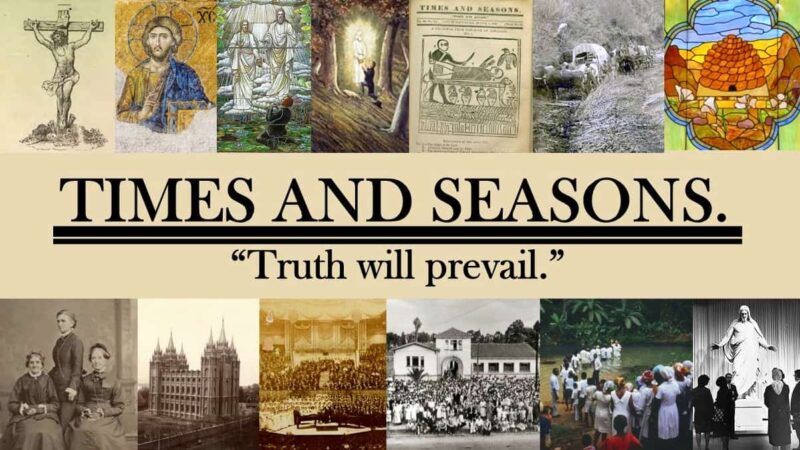Category: Latter-day Saint Thought
-
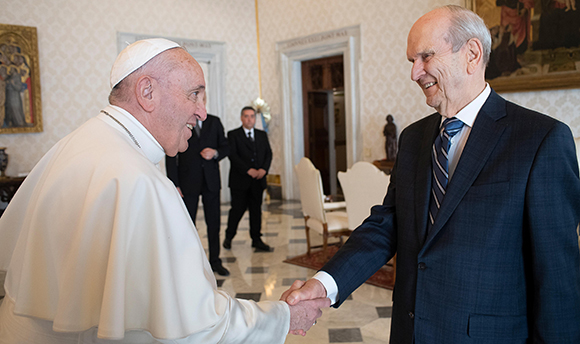
A Catholic-to-LDS Dictionary
Pope Francis recently dismissed a US bishop from his post. This is a pretty big deal in the Catholic world, but in the Latter-day Saint chatter I’ve been privy to there is some confusion about why this should be newsworthy. After all, if an area authority 70 was openly snarking about President Nelson to the…
-
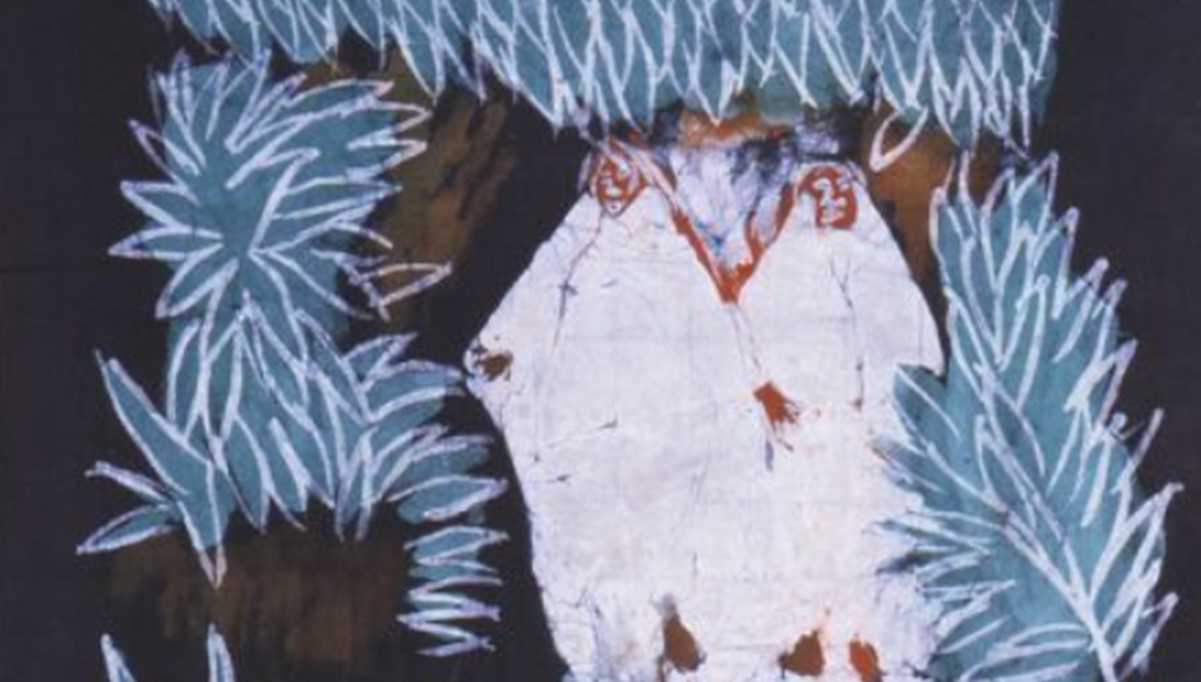
The First Vision in Two Churches
The recently-published Restorations: Scholars in Dialogue from Community of Christ and The Church of Jesus Christ of Latter-day Saints is a fantastic glimpse into the similarities and differences between the two largest churches that emerged from the legacy of Joseph Smith, Jr. One of the highlights was a discussion between Keith J. Wilson and Lachlan…
-
Pure Language and Egyptian Language Documents
One of the articles to have recently been published in the Journal of Mormon Studies that has generated a lot of buzz is about a Pure Language Project and the Grammar and Alphabet documents produced by Joseph Smith and his associates in Kirtland, Ohio. And while the article by Michael MacKay and Daniel Belnap is,…
-
The Value of Education
Guest post by Caleb Griffin. Recently, I listened to an interesting round table discussion from leaders of the Church of Latter-day Saints of Jesus Christ on the value of education. Throughout the course of the discussion and the post-discussion lecture, the speakers seemed to place the value of education on its ability to bless the lives…
-

Temple Architectural Heritages: Los Angeles
The Los Angeles is an example of a “modern single spired design” like the Bern, Switzerland Temple and the London, England temple. It is also one of eight temples that have an assembly room. Being in the priesthood assembly hall–a large, cavernous room in the bright, holy context of a temple–is a special experience that I…
-

Waiting for Saints, Volume 4
Saints, Volume 3 came out on April 22, 2022. Given the estimated biannual cadence of releases for the series, we are likely to see Saints, Volume 4: Sounded in Every Ear come out sometime next year. Now, I hope by now that it’s clear that I am a fan of the series and when we…
-
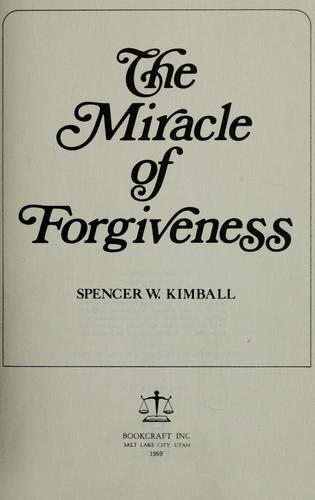
The Miracle of Forgiveness: Experiences from President Kimball’s Journal
Journal text selected by Dennis B. Horne. Some liberal dissidents of that day and this take issue with Elder Kimball’s book The Miracle of Forgiveness, thinking Elder Kimball to have been too hard and harsh on those who indulge in sin and won’t repent. For this reason I have included many diary entries documenting his…
-

Mormonism in Mexico, Part 21: Maya
As the Church became strongly established in Mexico, it spread from the historic epicenters in Mexico City and the northern colonies to reach across the full country—including among the Maya peoples of southern Mexico.
-
Counseling Experiences from President Kimball’s Journal: 1971 – 1974
Journal text selected by Dennis B. Horne. Much of Spencer W. Kimball’s Apostolic ministry was devoted to working with and counseling members of The Church of Jesus Christ of Latter-day Saints that had committed “moral” sins.
-
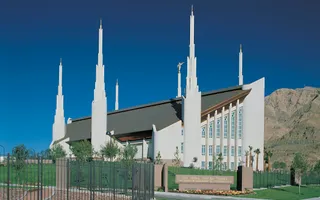
Temple Architectural Heritages: Las Vegas
According to the excellent Wikipedia article on LDS temple architecture, the Las Vegas temple is one of about a dozen temples that exhibit the “sloped roof style” that was used for temples in the mid- to late-1980s.
-
Counseling Experiences from President Kimball’s Journal: 1966 – 1970
Journal text selected by Dennis B. Horne. Much of Spencer W. Kimball’s Apostolic ministry was devoted to working with and counseling members of The Church of Jesus Christ of Latter-day Saints that had committed “moral” sins.
-
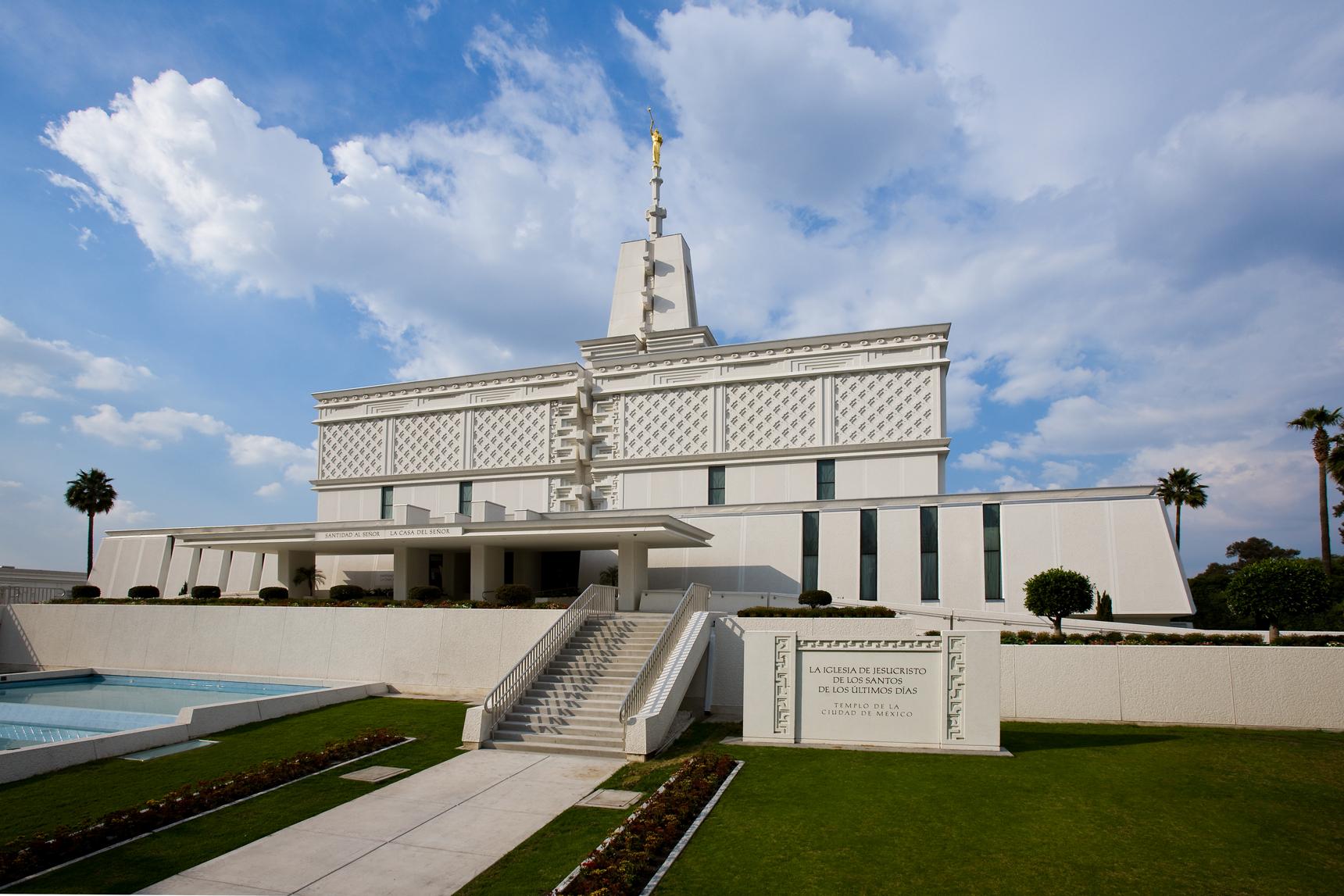
Mormonism in Mexico, Part 20: Stakes and Temples
The Third Convention was reunited to The Church of Jesus Christ of Latter-day Saints in part due to the observation that stakes with local leadership and local temples would come only as the schism healed and the Church continued to become stronger in Mexico. It took some time, but stakes and temples did come.
-
Counseling Experiences from President Kimball’s Journal: 1960 – 1965
Journal text selected by Dennis B. Horne. Much of Spencer W. Kimball’s Apostolic ministry was devoted to working with and counseling members of The Church of Jesus Christ of Latter-day Saints that had committed “moral” sins.
-
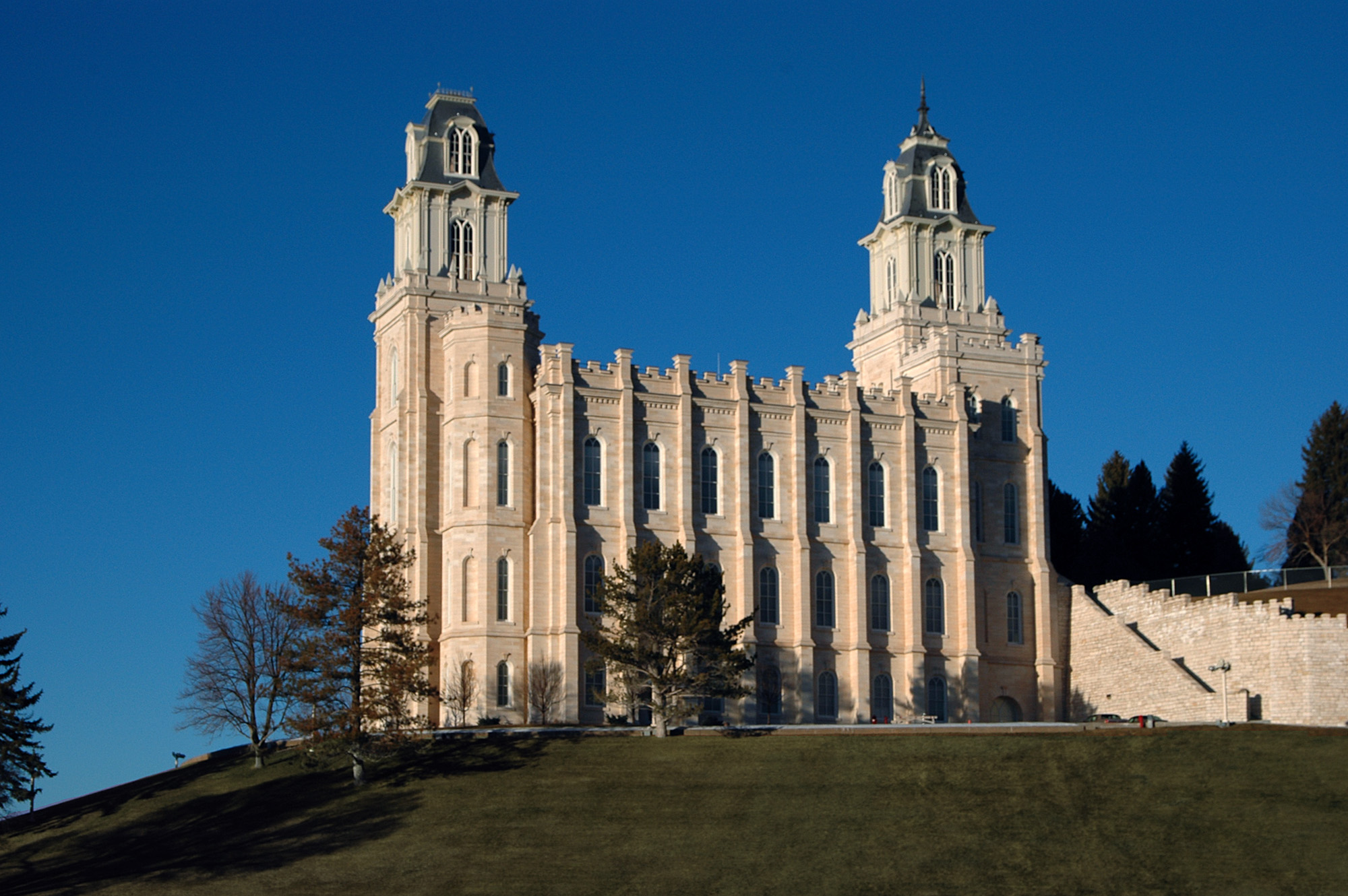
Temple Architectural Heritages: Manti
From Wikipedia: The Manti Temple is “Castellated Gothic.” From the Church website: “A castellated style reflects construction influences of Gothic Revival, French Renaissance Revival, French Second Empire and colonial architecture.”
-
The Many Lives of the King Follett Sermon
I have to admit that I have had an ongoing fascination with the King Follett Sermon. I had been acquainted with bits and pieces of it here and there, but only really became familiar with the full text early on in my mission. But it has shaped a lot of my theology and views in…
-
Counseling Experiences from President Kimball’s Journal: 1943 – 1959
Journal text selected by Dennis B. Horne. Much of Spencer W. Kimball’s Apostolic ministry was devoted to working with and counseling members of The Church of Jesus Christ of Latter-day Saints that had committed “moral” sins.
-
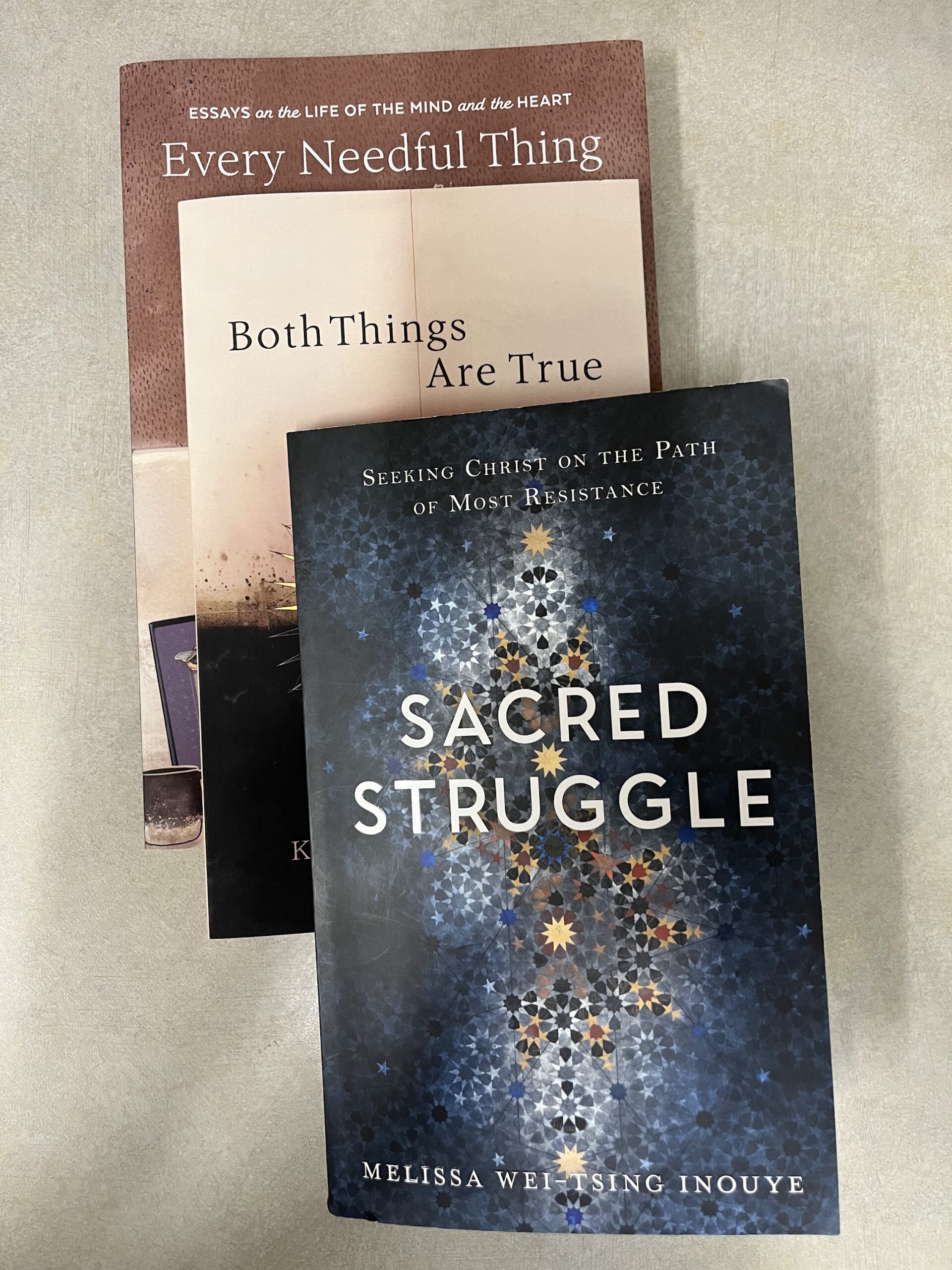
Review: Melissa Wei-Tsing Inouye, “Sacred Struggle: Seeking Christ on the Path of Most Resistance”
Melissa Wei-Tsing Inouye’s new book, Sacred Struggle: Seeking Christ on the Path of Most Resistance, confirms her status as reigning queen of great subtitles. It also confirms her status as one of our tradition’s most insightful pastoral-ecclesiological thinkers, worthy heir to the great Chieko Okazaki. Melissa has the professional training, the personal background and experience,…
-
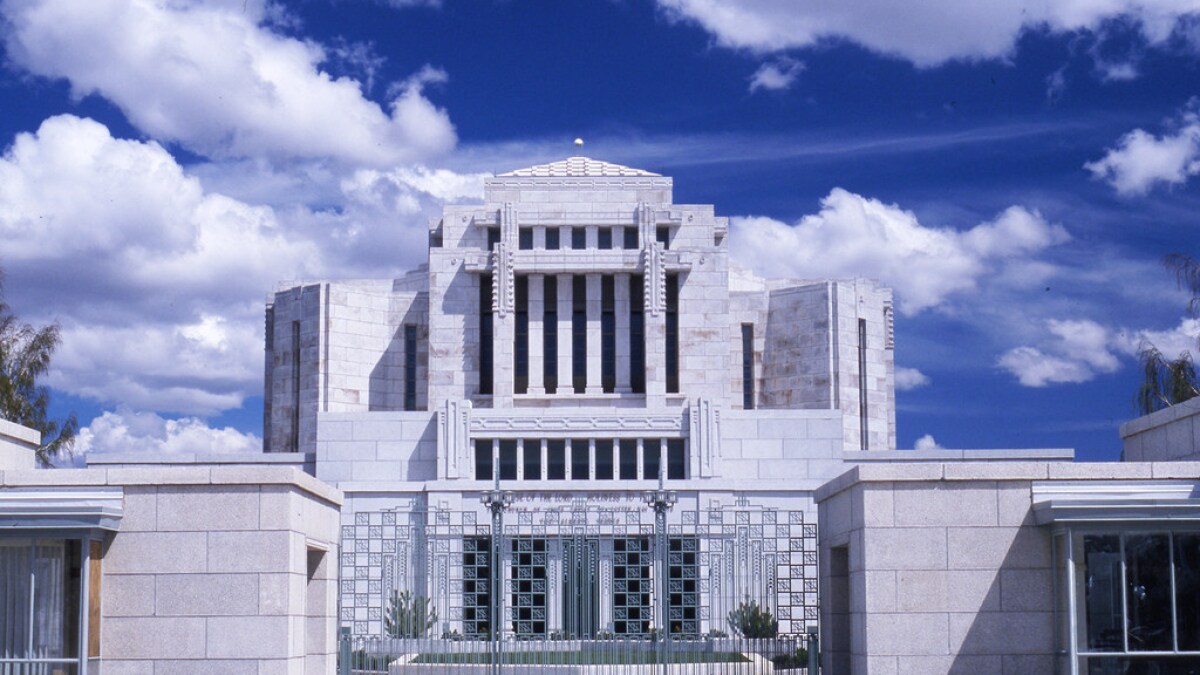
Temple Architectural Heritages: Cardston
I’ve always had a sort of passing interest in temple architectural history and design, so I thought I’d get Chat-GPT-V’s take on the possible architectural influences of different temples by uploading an image, asking it to “explain the architectural influences of this building and provide examples of buildings typifying these influences. Discuss non-LDS-specific architectural themes.”…
-
Joseph Smith’s Gold Plates: A Review
Richard Lyman Bushman’s Joseph Smith’s Gold Plates: A Cultural History (Oxford University Press, 2023) is an important contribution to Book of Mormon studies. As a cultural history of the gold plates, the book traces the story of the plates and the translation of the Book of Mormon, reactions to the story and the development of…
-
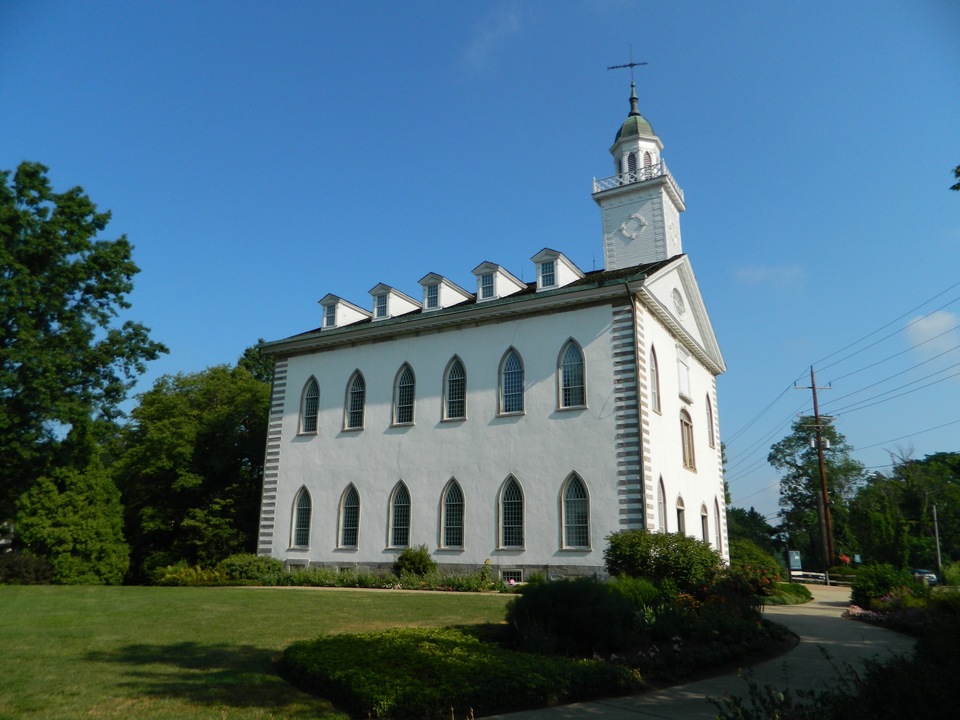
Temple Architectural Heritages: Kirtland
I was just given access to Chat-GPT’s image upload functionality. I’ve always had a sort of passing interest in temple architectural history and design, so I thought I’d get Chat-GPT’s take on the possible architectural influences of different temples, asking it to “explain the architectural influences of this building and provide examples of buildings typifying…
-
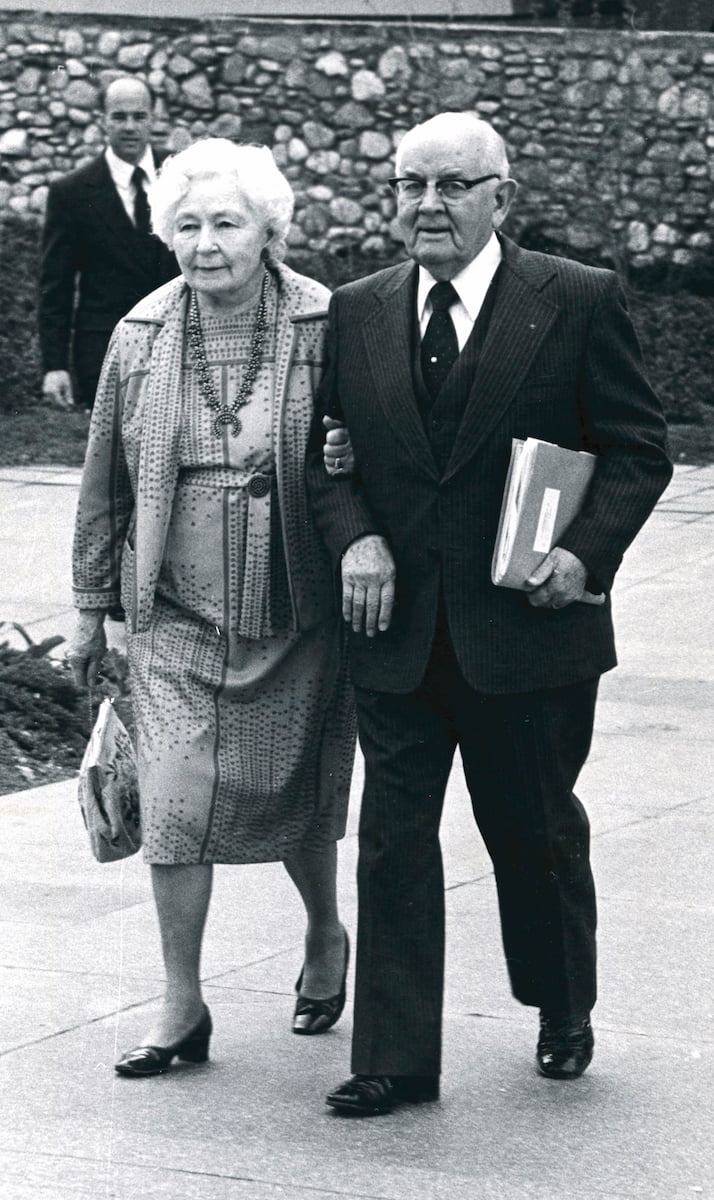
Memories: Inspirational Excerpts from The Journal of President Spencer W. Kimball
Compiled by Dennis B. Horne Editorial note: the below excerpts from President Kimball’s journal were selected because I find them to be extra uplifting and edifying, or otherwise special in some way. I did not include a date with them because when I encountered and chose them I was interested in precious spiritual experience and…
-

Temple Architectural Heritages: Provo
I was just given access to Chat-GPT’s image functionality. Now you can upload images and have it answer questions about it. (Yes, I know, but bear with me, after this I think it will be a while before we have anything fundamentally new in the AI space, so this might be my last AI series for a…
-
Lowell Bennion
The Church of Jesus Christ of Latter-day Saints saw a group of highly-impactful university professors during the 20th century who helped to shape Latter-day Saint thought. For many, Hugh Nibley, Truman Madsen, Eugene England are a well-known part of their experience with the Church. Another figure that deserves to be remembered in that group is…
-
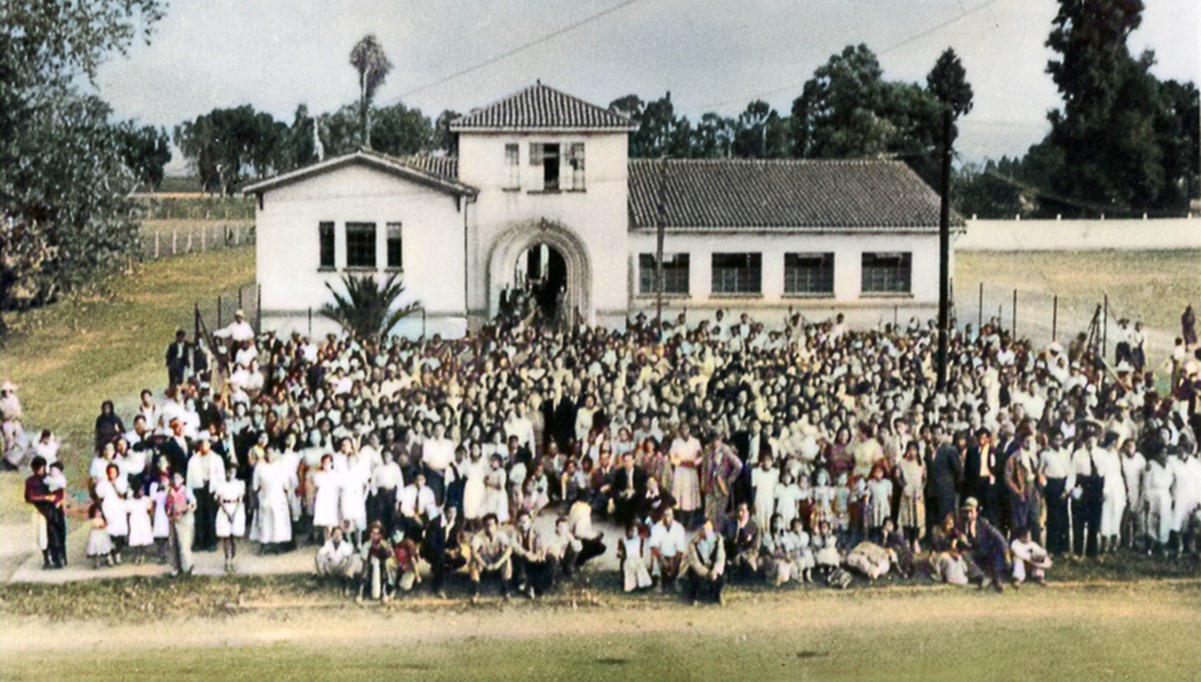
Mormonism in Mexico, Part 19: The Third Convention
Events conspired to create a schism in the Church in Mexico, but eventually the Third Convention group that had split reunited with the Church.
-
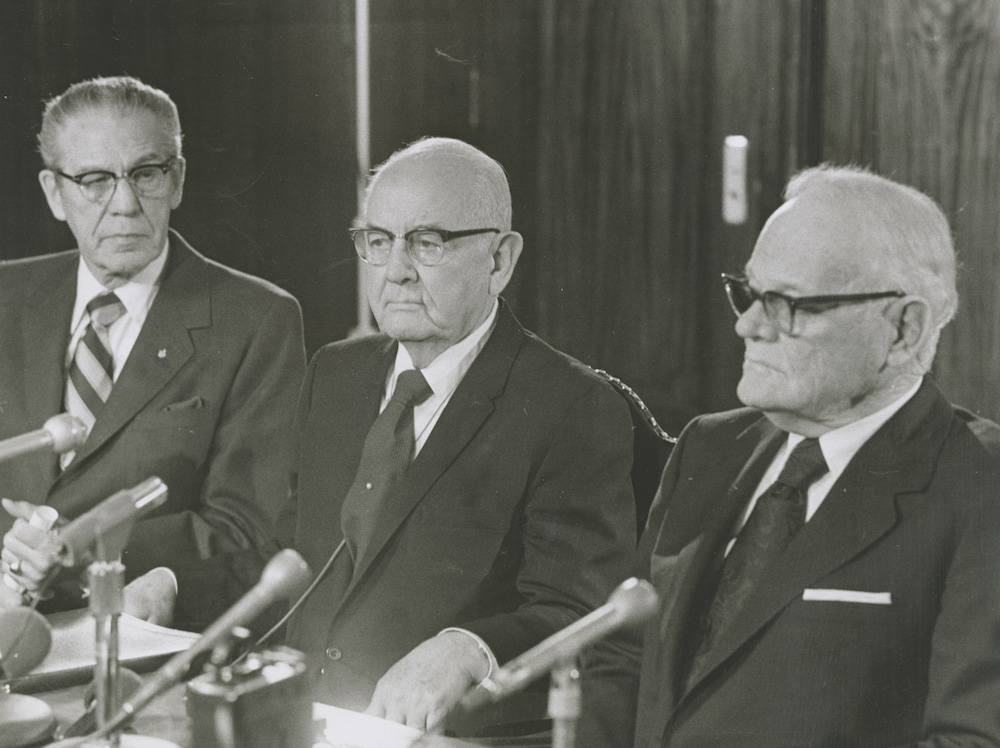
Meeting Church Leaders: Inspirational Excerpts from The Journal of President Spencer W. Kimball
Compiled by Dennis B. Horne Editorial note: the below excerpts from President Kimball’s journal were selected because I find them to be extra uplifting and edifying, or otherwise special in some way. I did not include a date with them because when I encountered and chose them I was interested in precious spiritual experience and…
-
Neal A. Maxwell: Disciple Scholar
A favorite speaker at general conference when I was growing up was Neal A. Maxwell. Eloquent and deeply thought out talks were something of a hallmark for him, with plenty of alliteration thrown in for good measure. His life and discipleship was discussed in a recent interview with Bruce C. Hafen at the Latter-day Saint…
-
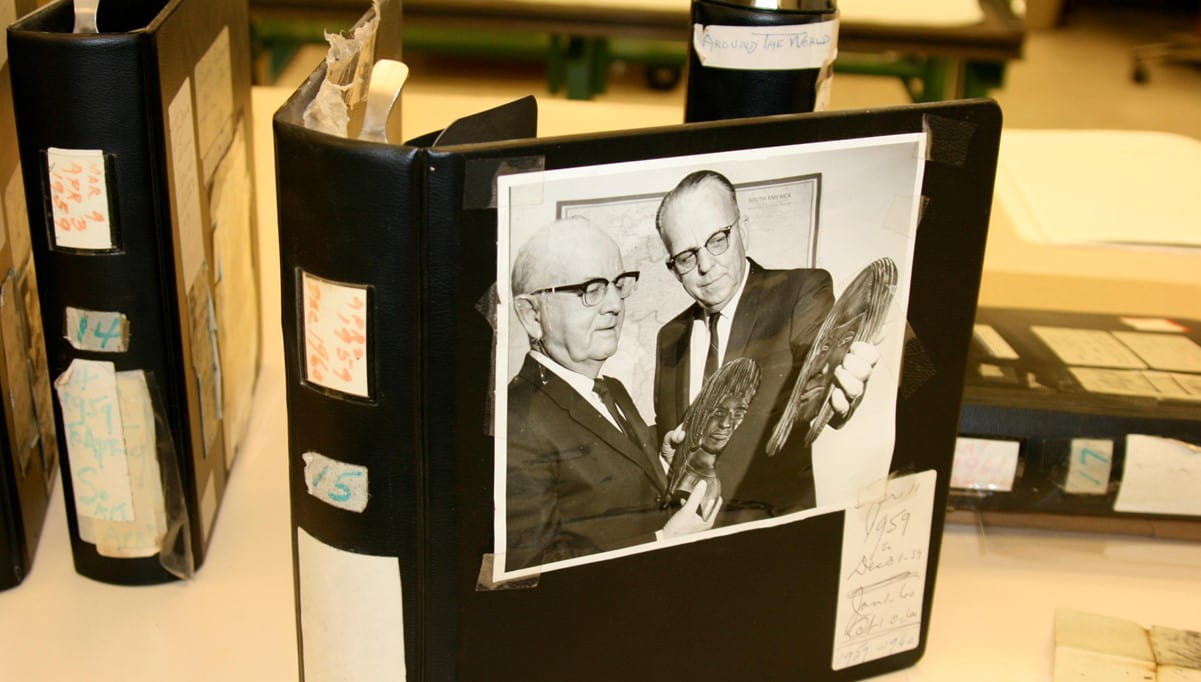
Presidents of the Church: Inspirational Excerpts from The Journal of President Spencer W. Kimball
Compiled by Dennis B. Horne Editorial note: the below excerpts from President Kimball’s journal were selected because I find them to be extra uplifting and edifying, or otherwise special in some way. I did not include a date with them because when I encountered and chose them I was interested in precious spiritual experience and…
-
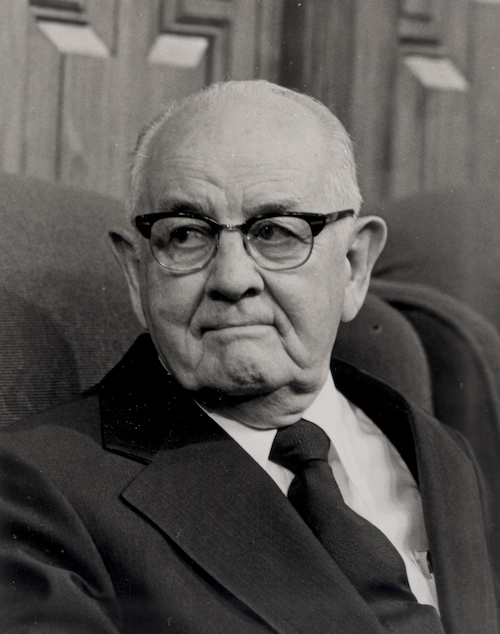
Inspirational Excerpts from The Journal of President Spencer W. Kimball, Part 1: Leadership
Compiled by Dennis B. Horne Editorial note: the below excerpts from President Kimball’s journal were selected because I find them to be extra uplifting and edifying, or otherwise special in some way. I did not include a date with them because when I encountered and chose them I was interested in precious spiritual experience and…
-
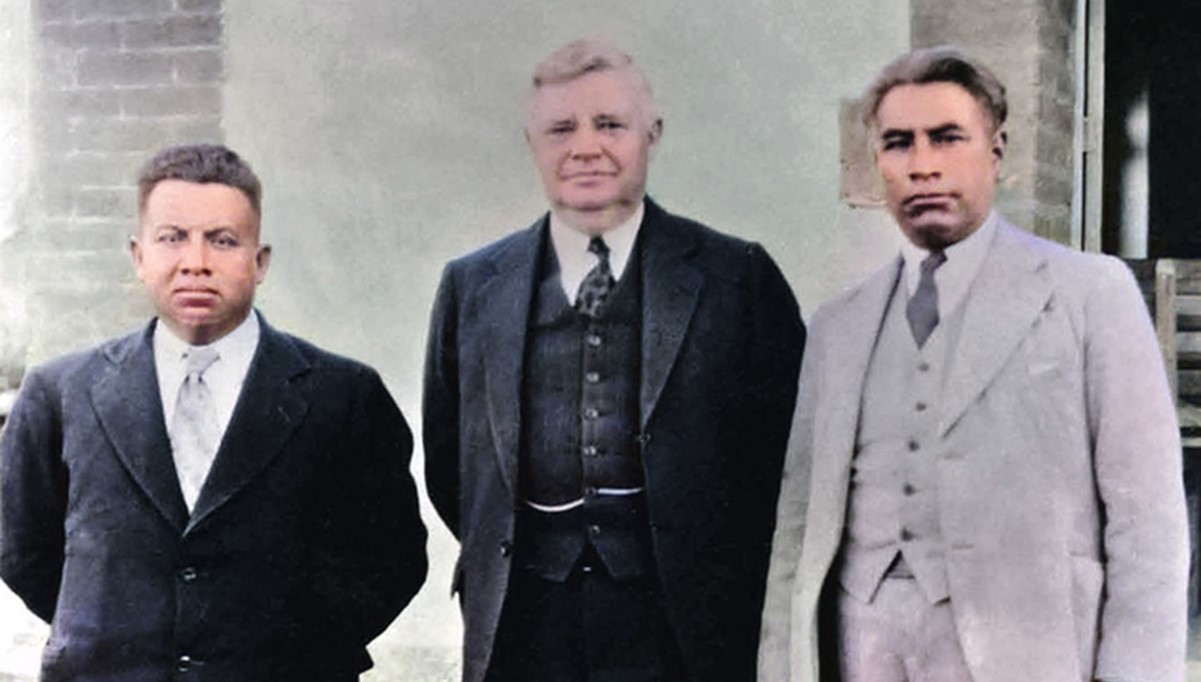
Mormonism in Mexico, Part 18: The First Two Conventions
Despite dealing with isolation and neglect, Latter-day Saints in Mexico continued to function and serve well. But eventually, things reached a breaking point.
-

Latter-day Saints in Micronesia and Guam
At the last general conference, I was impressed by something briefly mentioned by Quentin L. Cook. He talked about a seventh-generation member from Tahiti, with her ancestors joining the Church in 1845 (2 years before the Latter-day Saints in the U.S. migrated to Utah/Deseret or Brigham Young organized the First Presidency).[1] It was a brief…
